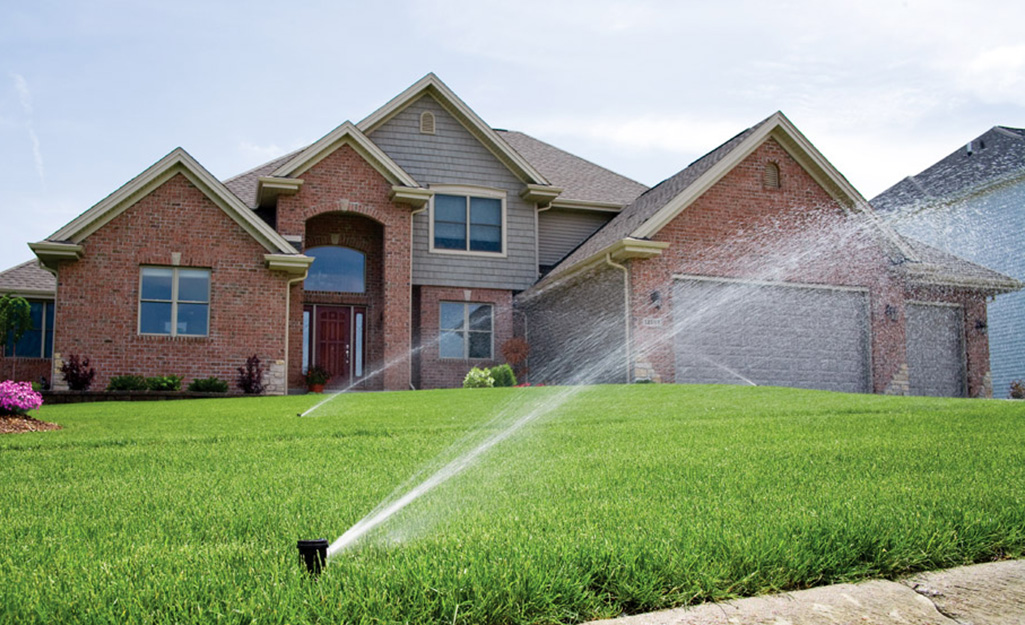The effectiveness of automatic sprinkler systems varies significantly. Many studies have used data from previous fires to estimate sprinkler effectiveness. Per-demand estimates vary from 70.1% to 99.5%, while failure rates vary from 60 per 200 fires to a single failure per million. However, there are a few common reasons why sprinkler systems fail. Here are three common causes:
Ineffectiveness: A partial system’s ineffectiveness is equal to the failure rate of the sprinkler system without protection, as defined by Hall (2010). Other studies haven’t taken such a stance. The reported reasons for failures may involve subjective judgment. This may make the findings of one study contradictory. Fortunately, there is an option that is less expensive. It’s important to remember that even the most affordable sprinkler system may not be as effective as others.
Fire Code: Buildings with a high-rise are required to install automatic sprinklers. These systems should have adequate water pressure. NFPA 5000: Automatic sprinklers are required in buildings over seven hundred and fifty square feet. Buildings that exceed these square feet are not required to have sprinklers if they have other fire escape points. But buildings that are thirty meters tall or larger must install sprinklers. If a building doesn’t meet this standard, it can be considered unsafe.
For buildings with automatic sprinklers, the NYC Department of Buildings must approve them. A building cannot be used legally until all inspections have been approved. Sprinkler systems are evaluated according to NFPA and NYC Fire Code. If you want to guarantee your building’s safety, enlist the services of a licensed and qualified engineering firm. These professionals will ensure that the sprinkler system meets these requirements. This way, you’ll have peace of mind and less stress when installing the system.
High-rise buildings are another common type of building that requires automatic sprinkler systems. The size and complexity of high-rise buildings require different systems. To avoid a fire hazard, high-rise buildings should be designed with sprinklers that operate at high pressure. Moreover, automatic sprinklers should be located in high-rise buildings, which may be difficult to reach. Moreover, fire safety professionals must coordinate the installation with the building’s fire strategy in order to minimize risks.
Aside from the size and complexity of the sprinkler system, the failure rate should also be calculated. Some studies have reported similar failure rates of sprinkler systems. Some of these studies used data from the UK Atomic Energy Authority in 1972. Other studies have collected failure rates of nine types of components. By analyzing the data, the authors can arrive at an accurate estimate of the effectiveness and reliability of sprinkler systems. The results are summarized below.
Deluge systems are similar to preaction systems, using the same pipes, fittings, and alarm initiating devices. The primary difference between deluge and preaction systems is that deluge systems utilize open sprinklers instead of heat-responsive sprinklers. In addition, deluge systems use spray nozzles instead of open sprinklers. The installation of a deluge system requires a detection system to open a valve in the pipe piping.

